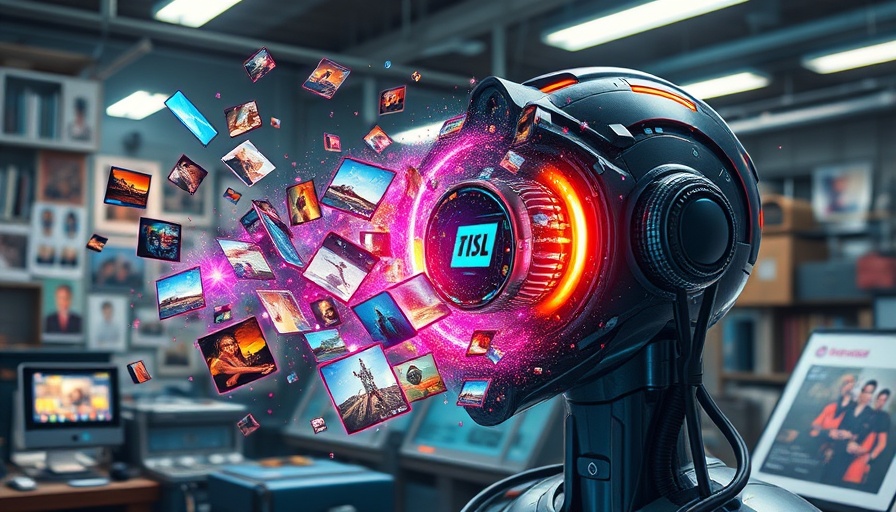
A Breakthrough in AI Image Generation
Freepik, a popular online graphic design platform, has made waves in the tech community by launching F Lite, a new open AI image generator trained exclusively on licensed data. This innovative model, teased for months, contains about 10 billion parameters and was developed alongside Fal.ai, a startup focused on artificial intelligence. The image generator was trained using 64 Nvidia H100 GPUs over a span of two months, showcasing Freepik's commitment to creating a resource tailored for developers and creatives alike.
Understanding F Lite: Two Distinct Versions
F Lite is not just a singular AI model; it comes in two variants: the standard version and the texture version. The standard model is designed for predictability and completeness, ensuring that generated images remain faithful to the given prompts. Conversely, the texture variation is acknowledged for its chaotic production, which, while being more prone to errors, can deliver unique textures and creative compositions. By engaging with these two different outcomes, users can choose the model that best fits their creative projects.
The Role of Licensed Content in AI Development
One of the standout features of Freepik's F Lite model is its dedication to using licensed data for training. This approach stands out in an industry frequently critiqued for its use of unlicensed content from various sources, leading to copyright disputes and controversies involving major companies like OpenAI and Midjourney. This methodology not only positions Freepik as a responsible contributor to the advancing world of AI but also alleviates some concerns that creators and intellectual property (IP) rights holders may have. The embrace of licensed imagery in generative AI represents a shift towards a more ethical approach in the field.
What Sets F Lite Apart from Competitors?
While Freepik does not claim that F Lite surpasses the industry's current leaders, such as Midjourney V7 and the Flux family from Black Forest Labs, it provides an open model for developers to explore. The community-driven aspect promises to expand F Lite's capabilities, as developers can customize the model further to suit their needs. Running F Lite, however, requires significant computational power, demanding a GPU with at least 24GB of VRAM, which might be a barrier for smaller projects.
The Future of Generative AI and Potential Market Growth
The introduction of AI models like F Lite amid the ongoing copyright disputes signals a possible transformation in how creatives interact with generative technologies. Other notable companies, including Adobe and Getty Images, are also navigating this space, focusing on licensed data for their media-generating models. Depending on how these legal battles resolve, the market could experience substantial growth, opening new avenues for AI use in creative fields. This evolution will likely depend not only on technological advancements but also on the legal framework surrounding AI development and content usage.
Engaging with the Community: Open Access to Technology
Freepik’s commitment to open access in releasing F Lite reflects a growing trend towards democratizing AI tools. This approach allows a broader spectrum of developers and content creators—regardless of their resource levels—to innovate and contribute to the landscape of AI image generation. The open model cultivates a collaborative environment where technology becomes accessible for everyone, ultimately leading to richer content across various platforms.
Final Thoughts: Impacts on Creators and the Tech Landscape
As F Lite enters the arena, its effects on the creative industries remain to be fully realized. It may not only provide fresh opportunities for artists and designers but also challenge existing paradigms around copyright and usage rights within AI-generated content. The evolution of such technologies creates a dynamic conversation about the relationship between creativity, technology, and legality that tech enthusiasts and creators alike must navigate moving forward. Understanding these developments will be crucial for anyone interested in the future of technology and content creation.
Staying informed on the latest trends and innovations is essential in today’s fast-paced tech world. Follow tech news websites to keep up with exciting developments like Freepik’s F Lite and the broader implications for creatives everywhere.
 Add Row
Add Row  Add
Add 



Write A Comment